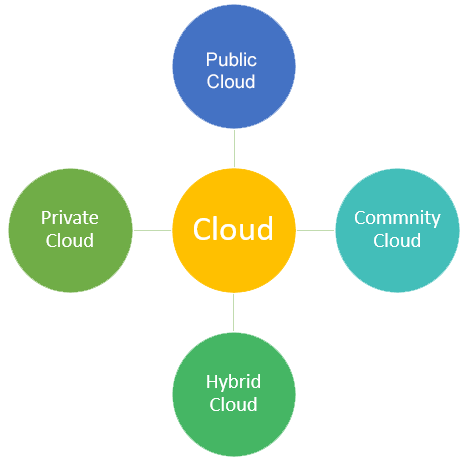Revolutionize Your Business
Elevate your business to new heights with game-changing cloud solutions for unmatched scalability and productivity


Software as a Service
Flexible, Cost-effective, On-demand Software Solutions with Seamless Updates and Hassle-free Maintenance for Businesses

Infrastructure as a Service
Dynamic, Scalable, On-Demand Infrastructure Resources Empowering Businesses with Flexibility, Agility, and Cost Optimization

Plateform as a Service
Accelerate Development and Deployment with Platform as a Service (PaaS): Streamlined, Scalable, and Effortless Application Development Environment
Key Benefits of Cloud Computing
Save time
With cloud computing, time investments for getting the system up and running are minimal.
Data security
With cloud computing, security is handled by your provider both online and physically at their data centers.
Simplified scalability
You only pay for what you need. Add tools and resources for a growing team or scale back when you need to.
Instant access to critical data
One of the most time-consuming bottlenecks in business today is getting data into the hands of team members who need it right now. With cloud computing, every person in your company has access from devices they already use, anywhere they need it
Redundant storage
Cloud computing offer redundant storage options that greatly reduce your risk of loss. All data and services are stored on multiple servers. If one server has an issue, a redundant server immediately takes over so your website or IT infrastructure sees no downtime.
Faster recovery
Cloud computing providers offer redundant storage (generally in multiple data centers), bolstered security, and faster recovery.
Cloud Models
Public Cloud
Public cloud is an online service provided by external providers, allowing users to access and manage computing resources over the internet, offering flexibility, scalability, and cost-effectiveness
Private Cloud
Exclusive and dedicated cloud computing environment for a single organization, providing greater control, security, and customization of resources.
Community Cloud
Cloud computing model shared by multiple organizations with similar interests or requirements, providing collaborative and cost-effective infrastructure, services, and data sharing within a specific community or industry.
Hybrid Clouds
These are composed of two or more different cloud structures. In a hybrid system, each remains a unique entity and standardized or proprietary technology allows them to consolidate their resources






